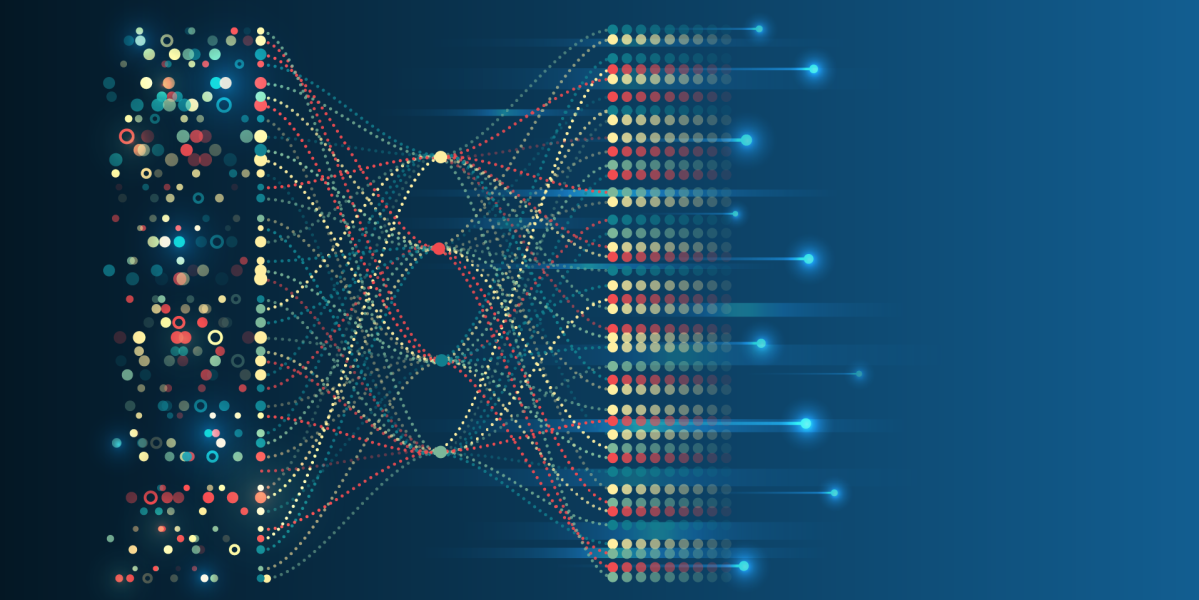As AI systems that learn by mimicking the mechanisms of the human brain continue to advance, we’re witnessing an evolution in models from rote regurgitation to genuine reasoning. This capability marks a new chapter in the evolution of AI—and what enterprises can gain from it. But in order to tap into this enormous potential, organizations will need to ensure they have the right infrastructure and computational resources to support the advancing technology.
The reasoning revolution
“Reasoning models are qualitatively different than earlier LLMs,” says Prabhat Ram, partner AI/HPC architect at Microsoft, noting that these models can explore different hypotheses, assess if answers are consistently correct, and adjust their approach accordingly. “They essentially create an internal representation of a decision tree based on the training data they’ve been exposed to, and explore which solution might be the best.”
This adaptive approach to problem-solving isn’t without trade-offs. Earlier LLMs delivered outputs in milliseconds based on statistical pattern-matching and probabilistic analysis. This was—and still is—efficient for many applications, but it doesn’t allow the AI sufficient time to thoroughly evaluate multiple solution paths.
In newer models, extended computation time during inference—seconds, minutes, or even longer—allows the AI to employ more sophisticated internal reinforcement learning. This opens the door for multi-step problem-solving and more nuanced decision-making.
To illustrate future use cases for reasoning-capable AI, Ram offers the example of a NASA rover sent to explore the surface of Mars. “Decisions need to be made at every moment around which path to take, what to explore, and there has to be a risk-reward trade-off. The AI has to be able to assess, ‘Am I about to jump off a cliff? Or, if I study this rock and I have a limited amount of time and budget, is this really the one that’s scientifically more worthwhile?'” Making these assessments successfully could result in groundbreaking scientific discoveries at previously unthinkable speed and scale.
Reasoning capabilities are also a milestone in the proliferation of agentic AI systems: autonomous applications that perform tasks on behalf of users, such as scheduling appointments or booking travel itineraries. “Whether you’re asking AI to make a reservation, provide a literature summary, fold a towel, or pick up a piece of rock, it needs to first be able to understand the environment—what we call perception—comprehend the instructions and then move into a planning and decision-making phase,” Ram explains.
Enterprise applications of reasoning-capable AI systems
The enterprise applications for reasoning-capable AI are far-reaching. In health care, reasoning AI systems could analyze patient data, medical literature, and treatment protocols to support diagnostic or treatment decisions. In scientific research, reasoning models could formulate hypotheses, design experimental protocols, and interpret complex results—potentially accelerating discoveries across fields from materials science to pharmaceuticals. In financial analysis, reasoning AI could help evaluate investment opportunities or market expansion strategies, as well as develop risk profiles or economic forecasts.
Armed with these insights, their own experience, and emotional intelligence, human doctors, researchers, and financial analysts could make more informed decisions, faster. But before setting these systems loose in the wild, safeguards and governance frameworks will need to be ironclad, particularly in high-stakes contexts like health care or autonomous vehicles.




